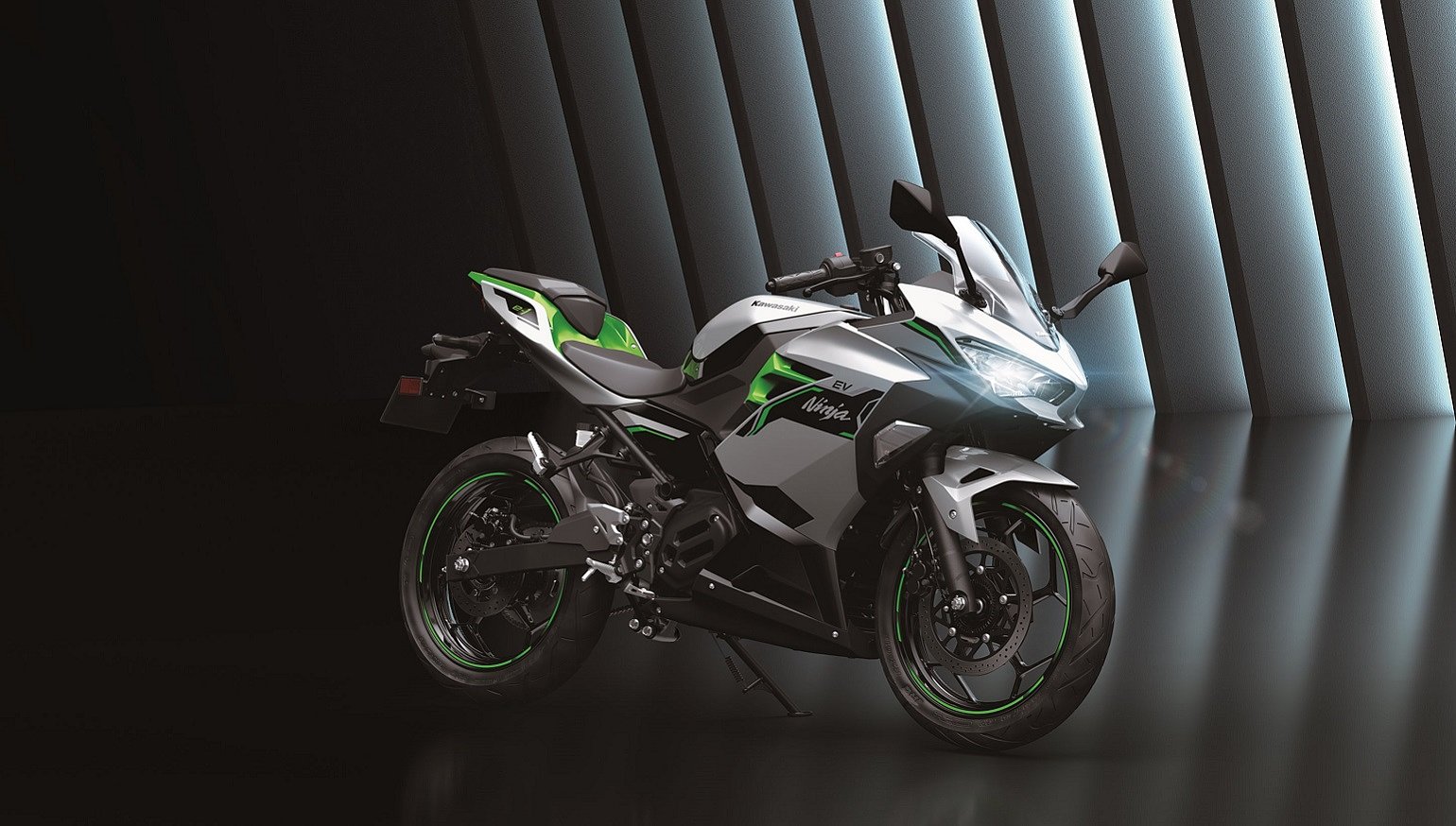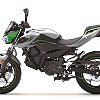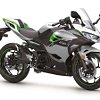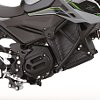For years, while electric motorcycle startups have come and gone and less than a handful of U.S. and European companies have survived, some of us have been waiting to see what one of the Japanese manufacturers would do to break into the electric market. Instead, all we got were a few concept bikes and minor incursions into foreign markets. But now, Kawasaki is taking the first step.
Details and specs have been issued for the electric motorcycles Kawasaki promised us for 2024, the Ninja e-1 and Z e-1. The two models are nearly identical except the Ninja gets a full fairing for sport bike styling and the Z goes naked. But are the two battery-powered Kawasakis worth the wait? That really depends on what you want from an electric motorcycle.
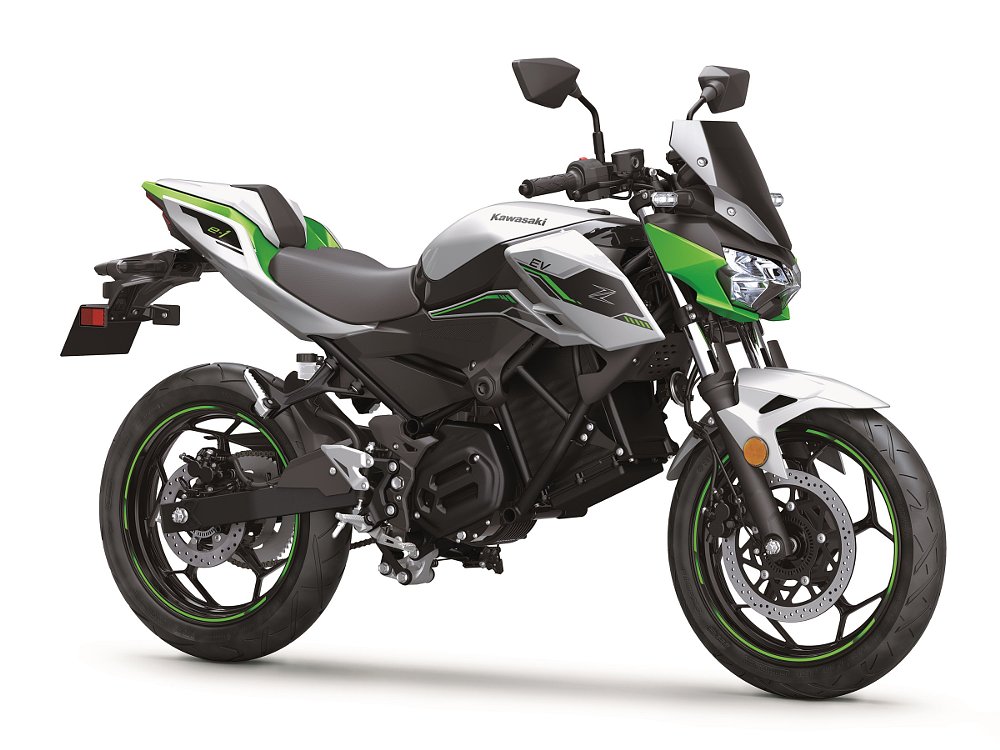
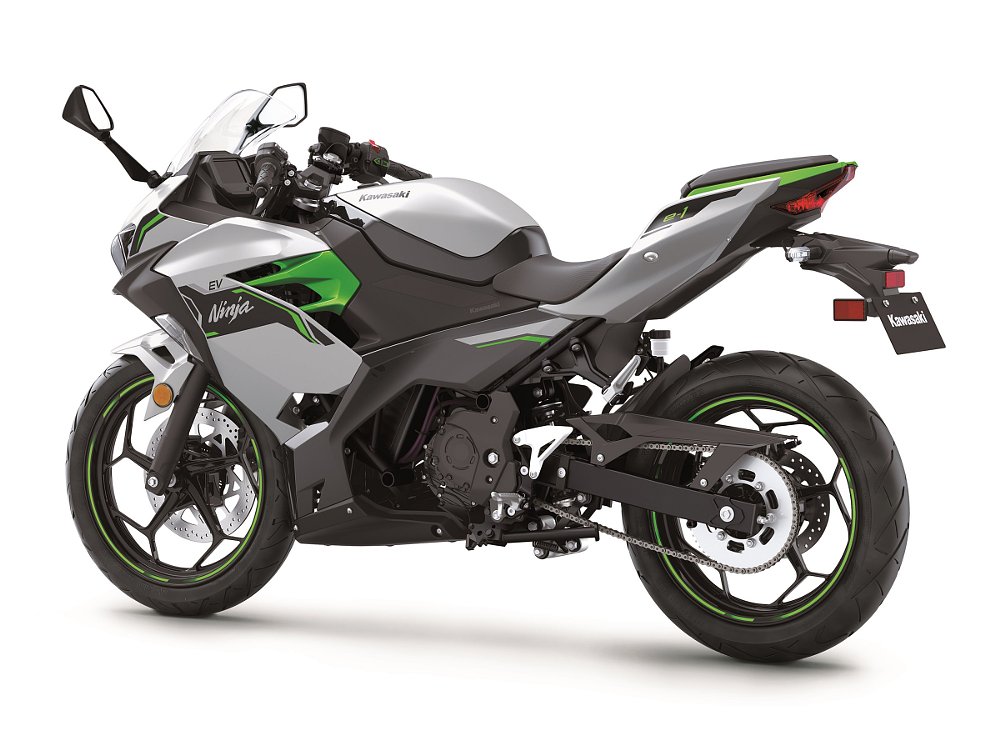
The two e-1 models make most sense in places where tiered licensing means new riders are starting out on low-powered machines and in urban settings where speeds aren't high and limited range may not be that much of a hindrance. That's because top speed on these machines is about 51 mph and Kawasaki estimates range at 41 miles. There are some asterisks attached to those stats. The e-1s have an "e-boost" function that allows riders to boost power for 15 seconds, maybe for passing or climbing a hill. In the Road riding mode, that allows a top speed of 59 mph and in the energy-saving Eco mode, that increases top speed from 36 mph to 44 mph. The 15-second limit prevents overheating, Kawasaki says.
As for that 41-mile range figure, Kawasaki doesn't specify specific conditions. But considering the capabilities of the motorcycles, it's safe to say we're talking about city riding. With a 51 mph maximum cruising speed, you'd have to be brave to the point of foolish to take the e-1 on a major U.S. highway. Regeneration is built in, using deceleration forces to recharge the battery, but the effect is dialed back as the battery approaches a full charge.
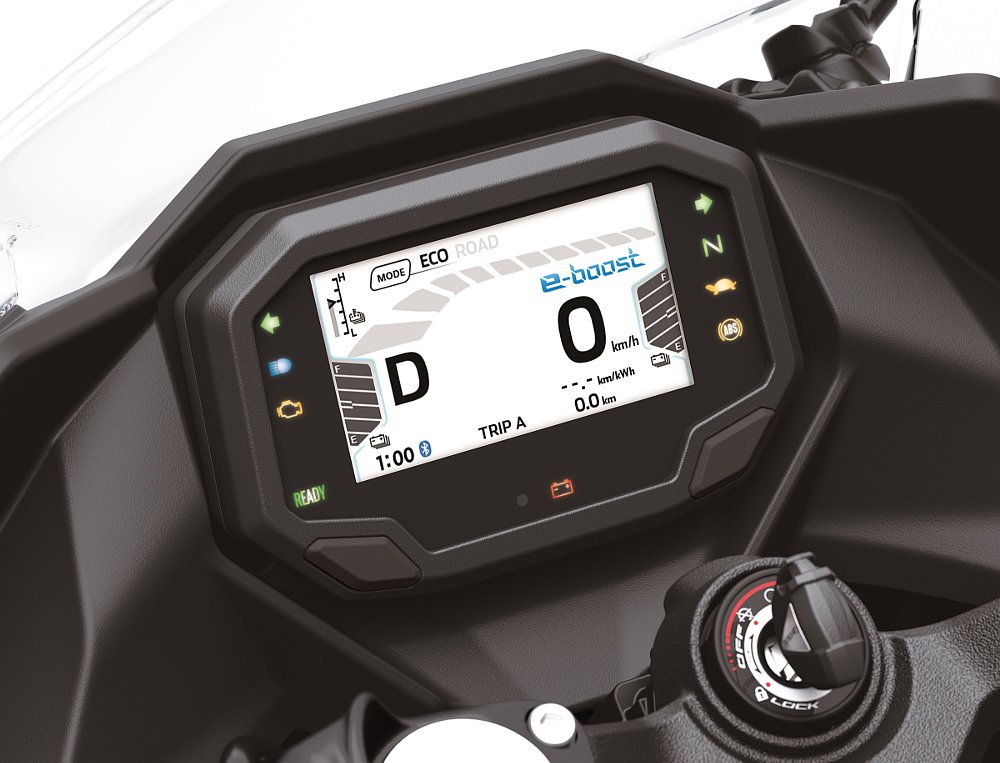
The e-1 models have several thoughtful features that will make them more convenient for the urban transportation they're aimed at. Instead of one larger and heavier battery, two removable lithium-ion batteries power the bikes and they can be charged onboard or removed and carried inside for charging. Kawasaki says a full charge from empty takes "up to" 7.5 hours at Level 1. A separate 12-volt battery powers the lights and instruments. The charging adapter fits under the seat and there's still a little space left over for a U-lock or other small items. There's also five liters of storage space in what would be the fuel tank area on a gas-powered motorcycle.
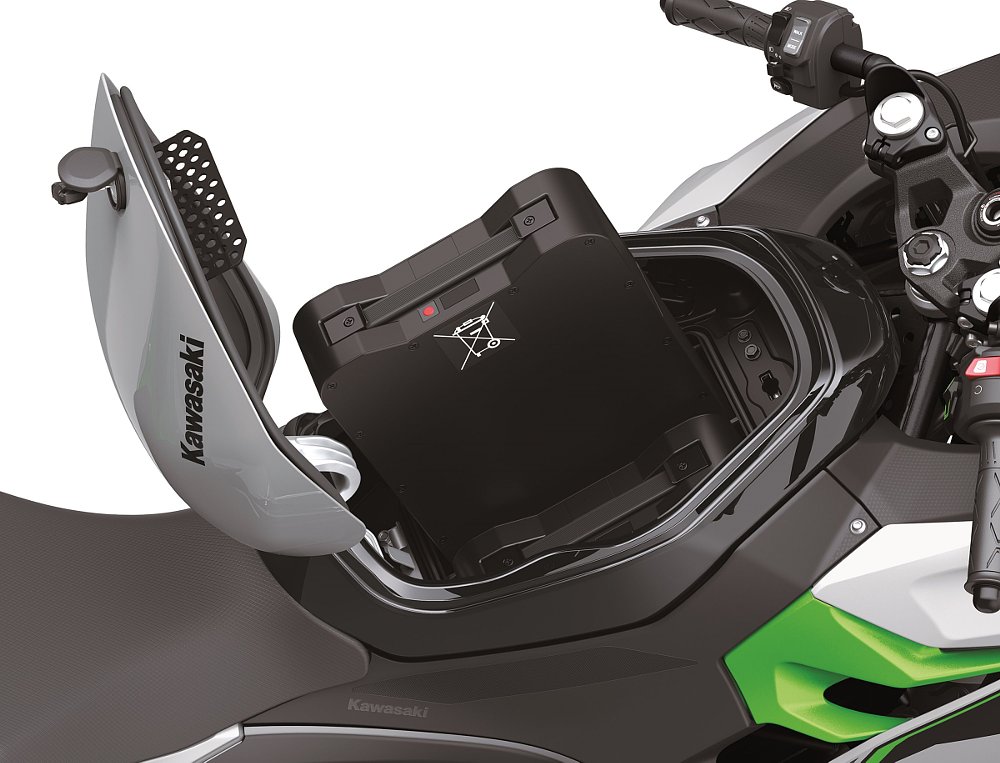
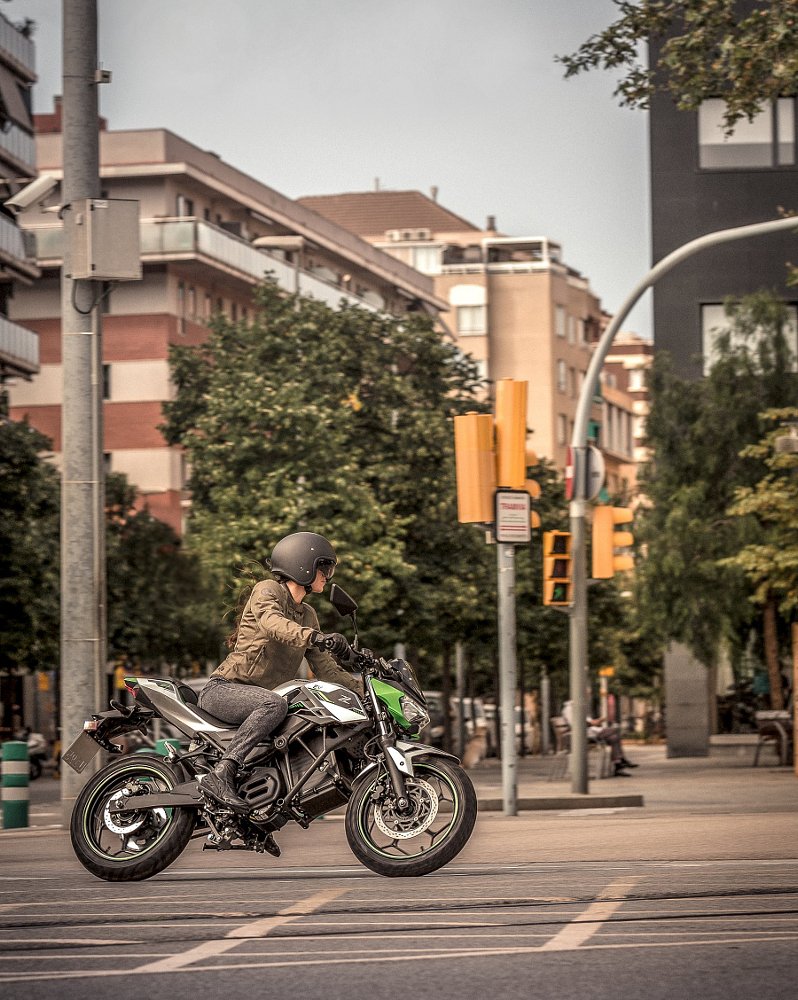
Other features give these entry-level bikes a more premium look, such as the 4.3-inch TFT color display, with Bluetooth connectivity, and the LED lighting all around.
MSRP is $7,299 for the Z and $7,599 for the Ninja. That makes them less expensive, though also lower in performance, than the least expensive model from Zero, but slightly more expensive and more capable and less quirky than something like a Sondors MetaCycle — assuming you can get a MetaCycle before Sondors goes out of business. At least we are finally seeing some options from an established manufacturer.
| 2024 Kawasaki Z e-1 and Ninja e-1 | |
|---|---|
| Price (MSRP) | $7,599 (Ninja e-1), $7,299 (Z e-1) |
| Motor | Interior permanent magnet synchronous |
| Final drive | Chain |
| Claimed horsepower | 7 rated; 12 maximum |
| Frame | Steel trellis |
| Front suspension | 41 mm fork; 4.7 inches of travel |
| Rear suspension | Single shock, adjustable for preload; 5.2 inches of travel |
| Front brake | Single two-piston caliper, 290 mm disc with ABS |
| Rear brake | Single two-piston caliper, 220 mm disc with ABS |
| Rake, trail | 24.4 degrees, 3.7 inches |
| Wheelbase | 53.9 inches |
| Seat height | 30.9 inches |
| Claimed range | 41 miles city |
| Claimed battery capacity | 3.0 kWh |
| Claimed charge time | 7.5 hours @ Level 1 |
| Tires | 100/80-17 front, 130/79-17 rear |
| Claimed weight | 308.7 pounds (Ninja e-1); 297.7 (Z e-1) |
| Available | Pre-orders taken now |
| Warranty | 24 months |
| More info | kawasaki.com |




